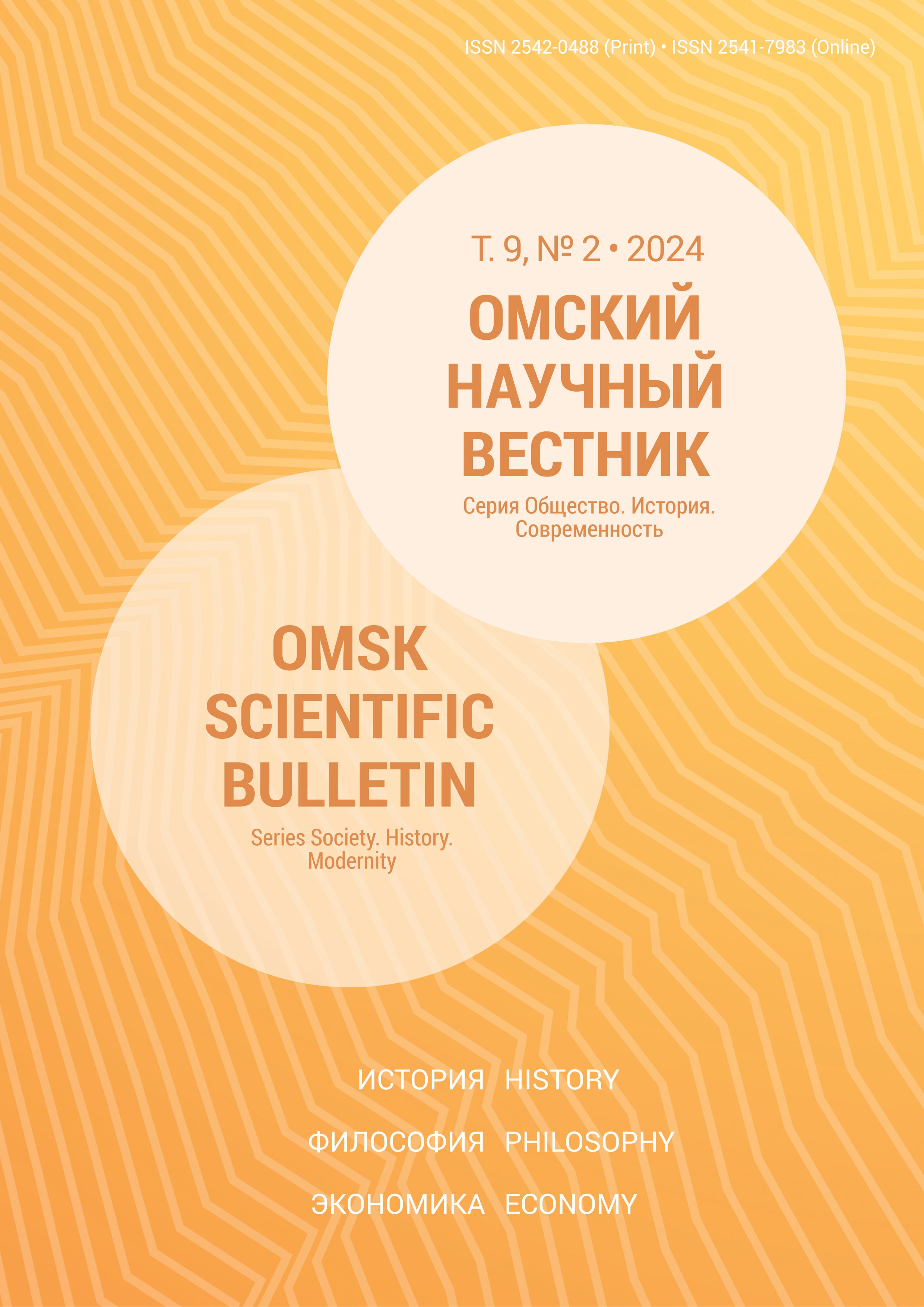The Russian Public Movement: program positions and place in the political spectrum of Russia (1994–1996)
DOI:
https://doi.org/10.25206/2542-0488-2024-9-2-5-13Keywords:
national organizations, concepts of economic development, state-legal theories, «red belt», election campaigns, Russian Public Movement, Omsk regionAbstract
The article is devoted to the activities of the Russian Public Movement, the analysis of the provisions of its Program and the identification of a place in the political spectrum of both the West Siberian region and the Russian Federation as a whole. The analysis of the transformation program is carried out with full consideration of the political activities of the Russian Public Movement and related organizations, as well as their structural units in the election campaigns of the mid-1990s. Referring to various sources of information, such as archive collections, the public press, reference publications, scientific articles and analytical materials, the author of the work aims to analyze the programmatic provisions of the Russian Public Movement, restoring a complex picture of its participation in the political events
of the second half of the 1990s, to identify its place in the changing picture of the political forces of the Russian Federation. The analysis allows us to conclude that the Russian Public Movement was the result of the dispersion of the electorate of the Congress of Russian Communities,
between many insignificant parties and movements that were artificially brought to participate in the elections. The further activity of the movement was associated with the presidential elections of the Russian Federation in 1996. The political fate of the movement reflected the evolution of the views of the ruling elite on the formation of their political image against the background of the rejection of the liberal doctrine by the population.
Downloads
Published
How to Cite
Issue
Section
License
Non-exclusive rights to the article are transferred to the journal in full accordance with the Creative Commons License BY-NC-SA 4.0 «Attribution-NonCommercial-ShareAlike 4.0 Worldwide License (CC BY-NC-SA 4.0»)




